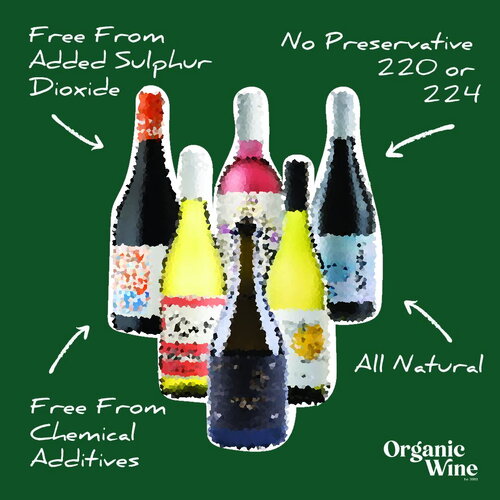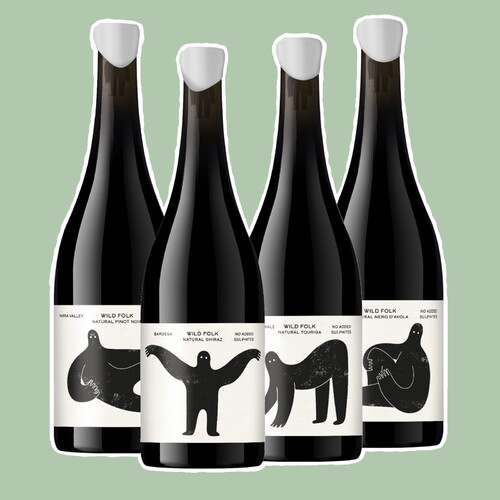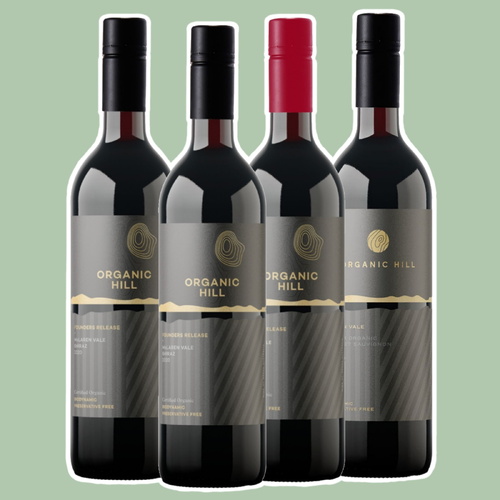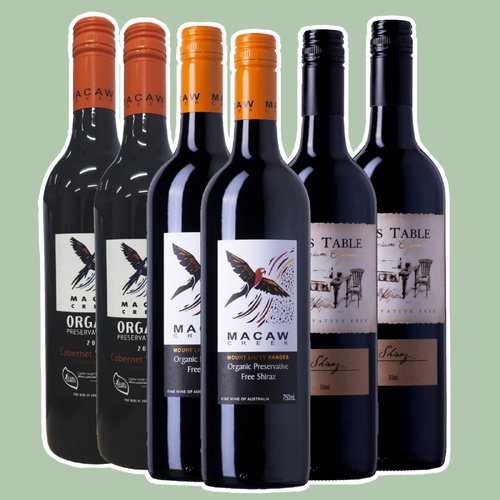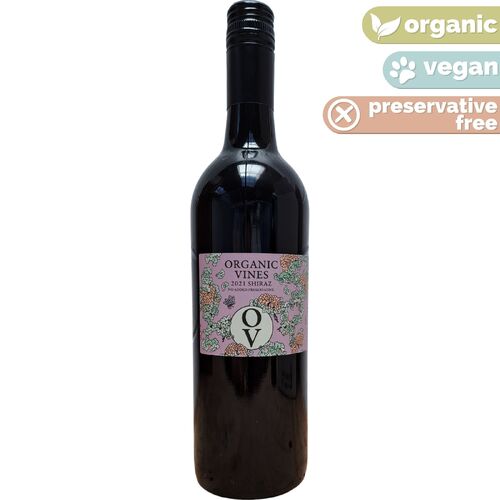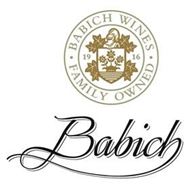Wine & Preservatives
by Michelle Gadd
The role of preservatives in wine
Despite alcohol being a natural preservative, most wine has had preservative added as a protection against oxidation and bacterial spoilage. The preservative used is one of a number of forms of sulphur: sulphur salts or sulphur dioxide.
Sulphur dioxide solutions can be added to grapes and wine at many stages, from just after harvest through to the final bottling. Sulphur dioxide is reactive by nature and joins with potential spoilage compounds found in the wine to become 'bound' up. Usually these other compounds, if not bound up can result in undesirable aromas, flavours or colours. Any extra sulphur dioxide that is not bound up initially stays present in the wine, and over time becomes bound up as traces of air or other contaminants allow spoiling organisms to be produced.
Which preservatives can be used in wine?
- Sulphur dioxide (preservative 220), also known as SO2
- Potassium metabisulphite (preservative 224)
- In white wine, Ascorbic Acid (300) can also be added, but it is technically an anti-oxidant rather than a preservative
How are preservative levels measured?
The level of sulphur dioxide is measured as parts per million (ppm) or milligrams per kilogram (mg/kg): very small quantities. Australian Food standards allow for a maximum of 250ppm in dry wine, and up to 300ppm for sweet wines (35g/L+). For the purpose of comparison, dried apricots are usually contain more than 2,000ppm and are allowed up to 3,000ppm. Under organic & biodynamic certification the total sulphur dioxide level is usually below 120ppm and may differ for red & white wine (these figures vary slightly between the different certification bodies).
For health and allergy considerations it is the free sulphur level that is the main concern. The figure usually quoted is made up of both the bound sulphur dioxide and the free sulphur dioxide, which added together give the total sulphur dioxide level.
Is No Added Preservative (NAP) wine the same as Preservative Free?
This is not as straight forward as it may seem. Even wines that have had no sulphur dioxide added in the winemaking process can still contain minute quantities. Sulphur dioxide can be a natural product of fermentation, but it is in a form that is very much bound up in the wine, rather than in a free and active state. Technically the term 'Preservative Free' should only be used when a wine contains 0ppm of detectable sulphur dioxide in total, but in reality this term is used to indicate that no sulphur dioxide has been added to the wine (see also Labelling Laws in Australia below).
Doesn't Certified Organic Wine mean no preservative has been added?
This is one of the largest misconceptions about organic wine in Australia. Certification requirements vary across the world from one country to another and from one organisation to another. Under organic & biodynamic certification in Australia, the amount of preservative allowed in the final product is about 50% of what can be used under conventional Australian food standards for wine. In the US, to label your wine as 'Organic Wine', no preservative can be added at all.
Can I cellar no added preservative wines?
Some people say that you can't cellar a wine that has no preservative added. I disagree with this: I have had many older NAP wines including a 17 year old red which was in perfect drinking condition. It really depends on the quality & concentration of the fruit and the handling of the wine during the winemaking.
Just like conventional wines, look for a wine that has been made to last the distance for long-term cellaring: The winemaker is usually the best person to ask about this. White wine would be much harder to cellar long term (7+ years) because it doesn't have the tannins that red wine has and is usually lower in alcohol than red wine.
Why does the level of preservative vary so much from one bottle to another?
There are many factors influencing the amount of preservative needed or added. Some of these are outlined here:
Alcohol -The higher the alcohol, the less preservative needed because alcohol is a natural preservative.
White or Red wine (Tannin) - Red wines have higher levels of tannins which are also a natural preservative (extracted from the red grape skins during fermentation). Oak tannins can also be found in wine that spends time in oak barrels.
Quality, Care & Handling – Fruit and wine that is handled carefully in the vineyard and winery has less exposure to elements that cause spoilage and needless preservative. Meticulously clean winemaking equipment and premises also make sulphur dioxide less necessary. Healthy grapes of high quality with concentrated flavours and good acid should need less preservative. A winemaker aiming for a premium quality wine (i.e. $17 and above as a rough guide) will carefully handle this wine, as they do not want to add high amounts of sulphur dioxide. The presence of sulphur dioxide at higher levels starts to affect the aroma of the wine and may be detected by an experienced wine drinker. In fact French wines are known for high sulphur dioxide levels, although it’s not necessarily perceived as a bad thing as locals are accustomed to it and have developed a taste for it.
Packaging/Closure - wine destined for a cask will usually have high sulphur dioxide levels as this package is slightly permeable. On the other hand, the Stelvin or screw cap closure is a more perfect seal than the cork or cask, and hence less sulphur dioxide should be needed.
Labelling laws in Australia
If the detectable amount of preservative is less than 10 ppm, labelling laws in Australia do not require anything about preservative to be mentioned on the label.
Did you know that Organic Wine has Australia's largest range of preservative free and no added preservative wines?
Other articles to have a look at:
Wine & Health FAQ's - from Australian Wine Research Institute
Preservative defined - Wikipedia
RECOMMENDED NO ADDED PRESERVATIVE WINES

$18.50 promo price
- Vegan Suitable
- No Added Preservative
- Certified Organic
A bright, ultra‑fresh sparkling with crisp green apple, lemon zest, and a clean mineral line. The palate is lively and d...
$18.50 promo price

$15.49 in a straight 12
or $17.90 each
- Vegan Suitable
- No Added Preservative
- Certified Organic
This preservative-free wine bursts with ripe, juicy black fruits, abundant black pepper, clove, and vanilla spice. The a...
$15.49 in a straight 12 or $17.90 each

$14.50 promo price
- Vegan Suitable
- No Added Preservative
- Certified Organic
Savour the captivating aromas of our Cabernet Sauvignon. Notes of cloves, warm Christmas cake, and zesty orange peel del...
$14.50 promo price
- Vegan Suitable
- No Added Preservative
A wonderful offering of Preservative Free wines in this pack. Try the hugely successful range of wines from Hero of Zero...
$96.00 promo price
- Vegan Suitable
- No Added Preservative
- Certified Organic
The ultimate everyday reds pack. Enjoy this pack of great value and flavourful preservative free reds. Some of the bigge...
$89.00 promo price
- Vegan Suitable
- No Added Preservative
- Certified Organic
Preservative Free & Organic. Explore our range of lovely Preservative Free & Organic Wines. The perfect pack to have you...
$119.00
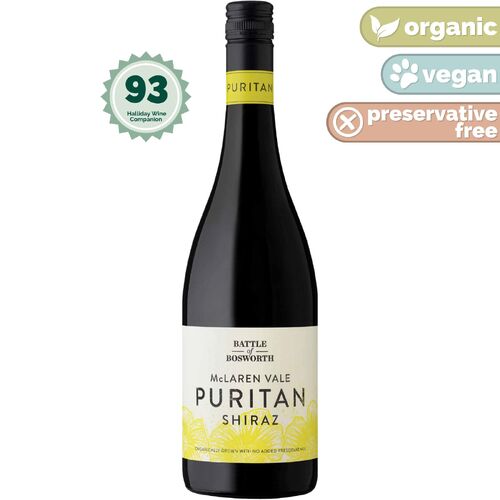
$22.50 in a straight 12
or $25.20 each
- Vegan Suitable
- No Added Preservative
- Certified Organic
Aromas of crushed blackberries, baked raspberries and rosemary. Medium-bodied with silky tannins. Juicy and fresh with a...
$22.50 in a straight 12 or $25.20 each
- No Added Preservative
Enjoy this pack of great value and flavourful preservative free reds. Some of the biggest sellers in our range, great wa...
$89.00 promo price
- No Added Preservative
Preservative Free, Rose. Celebrate all things Rose with this wonderful selection of 6 Australian Preservative Free Rose ...
$109.00 promo price
- No Added Preservative
A wonderful pack of preservative free Shiraz to taste and share. Enjoy the warm spice and rich plum flavours, with no su...
$115.00
- Vegan Suitable
- No Added Preservative
Eight fabulous preservative free wines from Tamburlaine, a great way to get started with no additive sulphur free wines....
$145.00 promo price
- Vegan Suitable
- No Added Preservative
- Certified Organic
Try Temple Bruer PRESERVATIVE FREE wines today in this wonderful SIX pack. Enjoy these pure and delicious wines without ...
$125.00
- Vegan Suitable
- No Added Preservative
A gorgeous range of red wines sourced from premium vineyards in the Barossa, McLaren Vale and Yarra Valley. Try this nat...
$107.00
- Vegan Suitable
- Certified Biodynamic
- Certified Organic
Explore the world of biodynamic white wines with this curated selection, offering vibrant flavours and a glimpse into th...
$129.00
- Vegan Suitable
- No Added Preservative
- Certified Biodynamic
- Certified Organic
Discover the premium Organic Hill Founders Collection with this pack. Driven by their natural Organic passion and ‘raiso...
$119.00 promo price
- Vegan Suitable
- No Added Preservative
- Certified Organic
Bright red and dark fruits on the nose, as well as damsons, chocolate and blueberries on the palate wrapped up with fine...
View- Vegan Suitable
- No Added Preservative
- Certified Organic
Aromas of crushed blackberries, baked raspberries and rosemary. Medium-bodied with silky tannins. Juicy and fresh with a...
View- Vegan Suitable
- Certified Biodynamic
- Certified Organic
Explore the world of biodynamic white wines with this curated selection, offering vibrant flavours and a glimpse into th...
$160.00
- Vegan Suitable
- Certified Biodynamic
- Certified Organic
Explore the world of biodynamic wines with this curated selection, offering vibrant flavours and a glimpse into the harm...
$130.00
- Vegan Suitable
- No Added Preservative
- Certified Organic
No Added Sulphur Dioxide delivers just pure fruit with dark berries and vanilla spice on the nose. The palate is rewarde...
View- Vegan Suitable
- No Added Preservative
- Certified Organic
Enjoy three wonderfully crafted organic & preservative free Preservative Free wines from Macaw Creek. A stunning accompa...
$109.00
- Vegan Suitable
- No Added Preservative
Made by Australia’s leading preservative free winemaker, this young red blend marries Shiraz from Hilltops and Montepulc...
View- Vegan Suitable
- No Added Preservative
- Certified Biodynamic
- Certified Organic
This is super premium Biodynamic fruit from McLaren Vale, preservative free and vegan suitable. Great value drinking. A...
View- Vegan Suitable
- No Added Preservative
- Certified Organic
Without the dulling effect of Sulphur Dioxide, the aromas of raspberry & blueberry fruit, black pepper and clove spice j...
View




